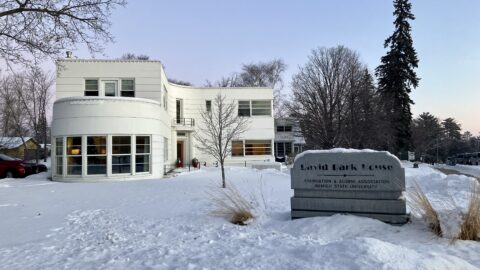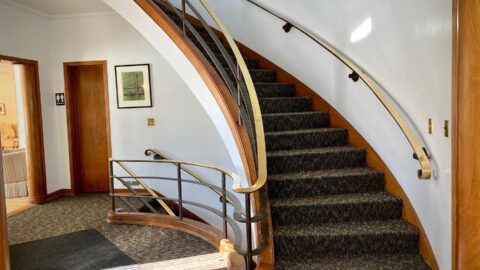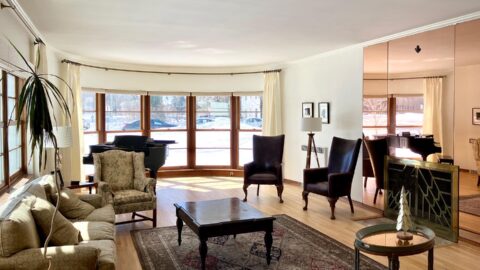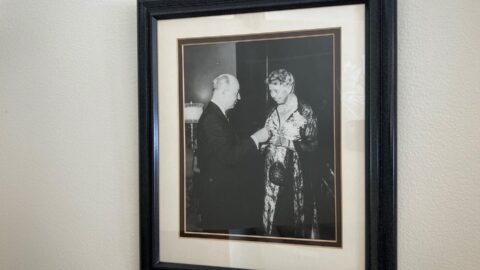Our shops
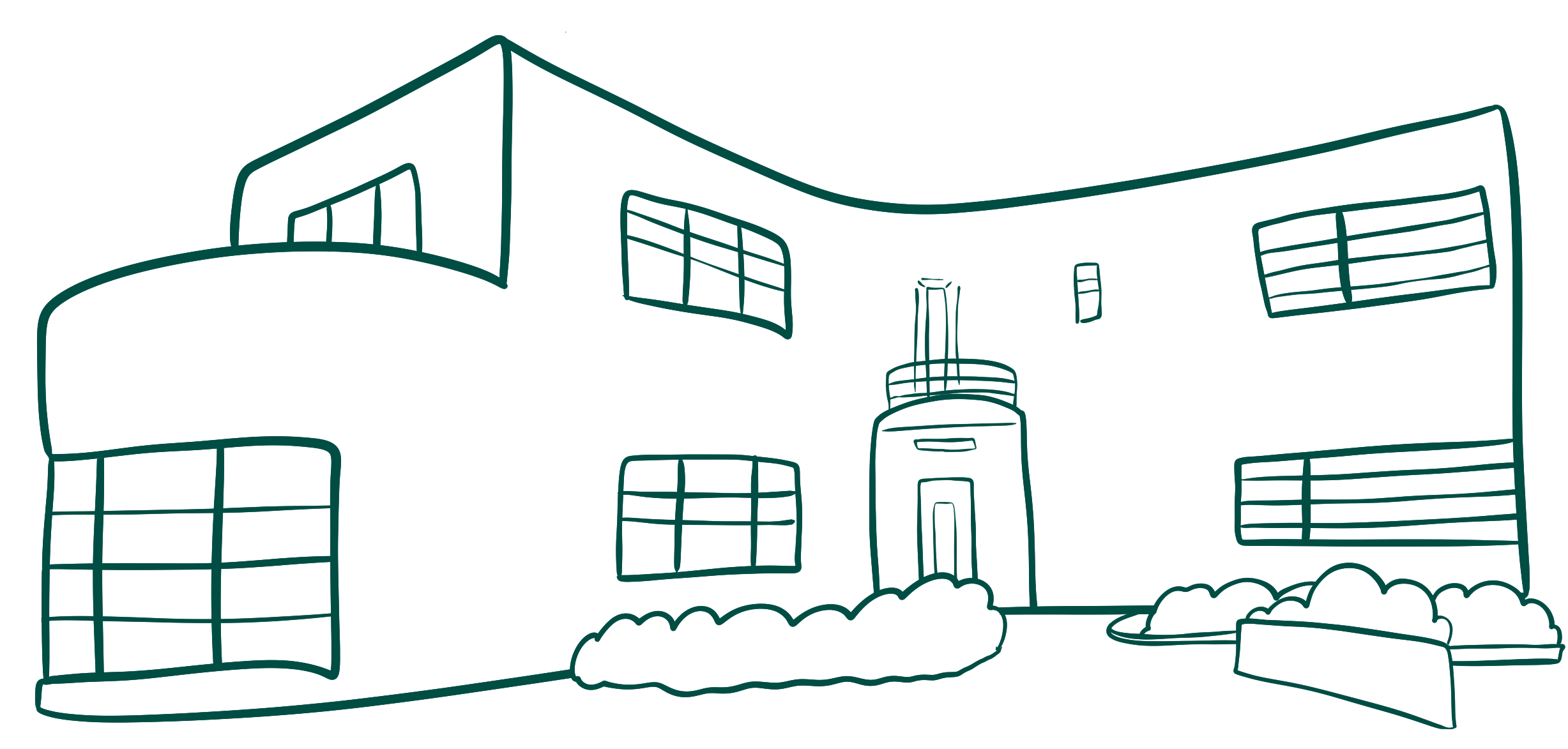
The Alumni & Foundation offices are separated into three locations: the David Park House, the Alumni House and the Career Advancement office in Decker Hall.
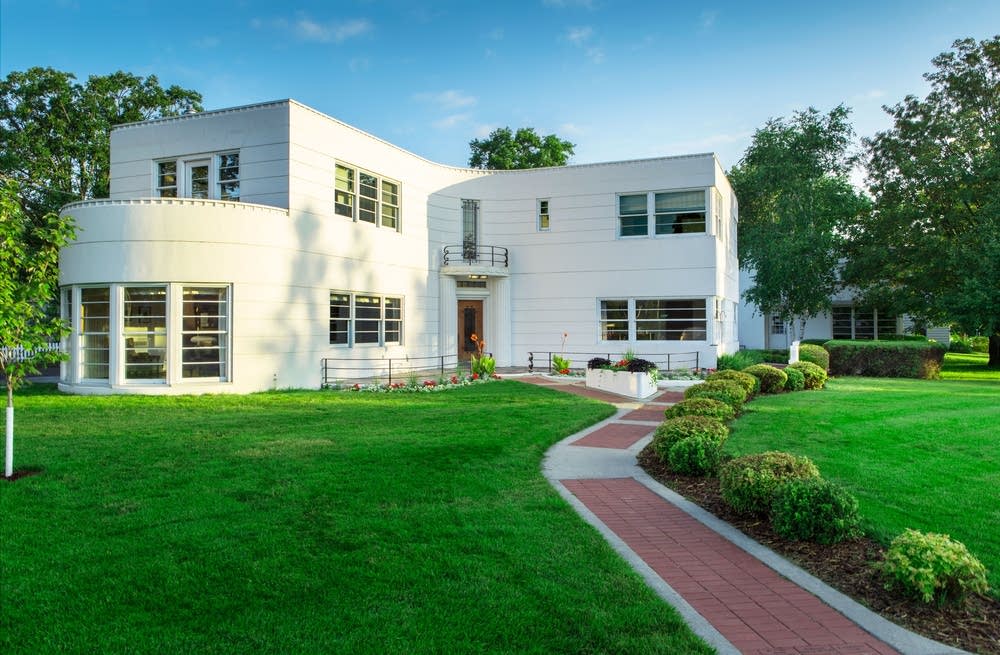
David Park House
The historic David Park House in perhaps the crowned jewel of the Alumni & Foundation, as well as a premier feature for all of Bemidji State.
Built in 1936-37 by prominent Bemidji businessman David Park, owner of the largest creamery in the Bemidji area at the time, the 5,326-square-foot Park House was designed by architect Edward K. Mahlum, brought to life by local contractor Adolph Nasvik, and painstakingly built from mostly poured concrete.
The original cost of the Park House in 1936 remains unknown, with the best guesstimate put at $40,000 – a princely sum in those Depression days when two-story homes could be purchased for less than $1,000.
The house was listed on the National Registry of Historic Places in 1988 and sold to the BSU Foundation in 1991.
Lakeland News 2011 story
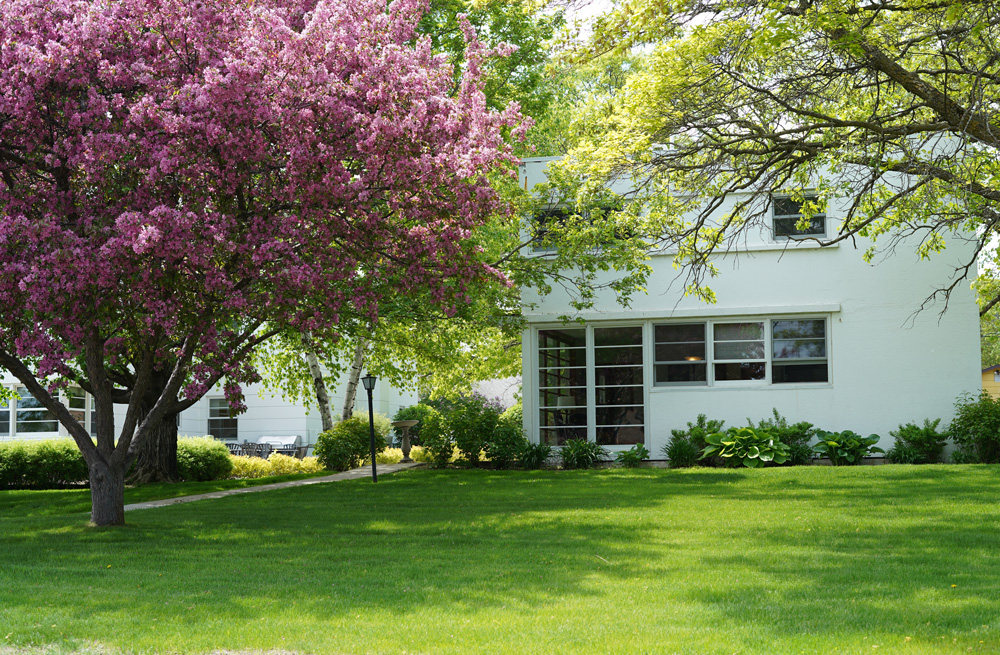
Alumni House
Next door to the David Park House sits an equally impressive home called the Alumni House, or the Philip Sauer House, that houses approximately half of BSU’s Alumni & Foundation staff.
Local contractor Adolph Nasvik, who constructed the David Park House, was so impressed with it that he later built his own home next door. Now known as the Alumni House, or the Sauer House, it is considered complementary to the Park residence.
Soon owned by the late BSU professor Dr. Philip Sauer and his wife, Elizabeth, the Sauer family later donated the residence to the university. The Sauer House has been home to the BSU Alumni Association since 2004.
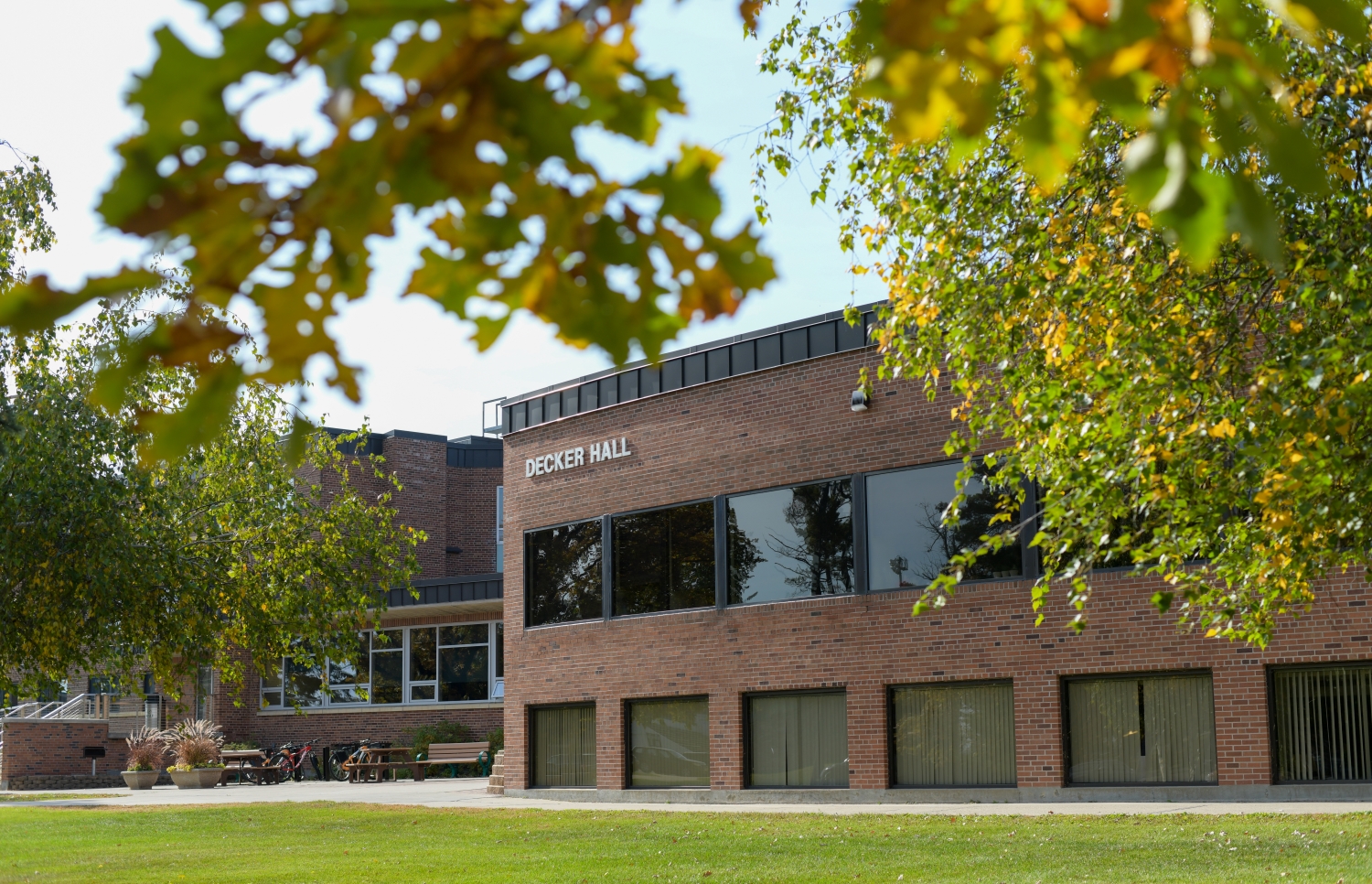
Decker Hall
The Career Advancement staff operates out of the second floor of Decker Hall, which was built in 1957 during the Bemidji State University construction surge. It once housed a cafeteria and lounge for students.
Decker Hall, first known as Hickory Hall, is now named after Dr. Robert Decker, who served as Bemidji State's president from 1968-80. During his tenure, Decker was very influential in what was considered the “great expansion.” Eight buildings were constructed, three existing buildings were renovated and the school's enrollment hit an all-time high of 5,787 students.

